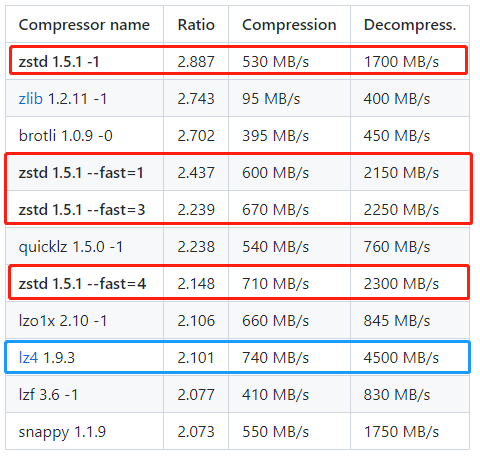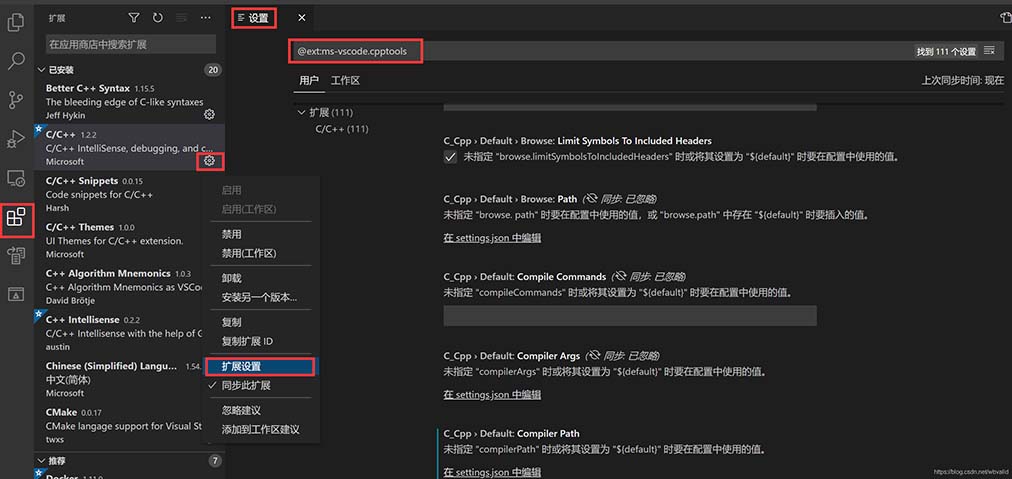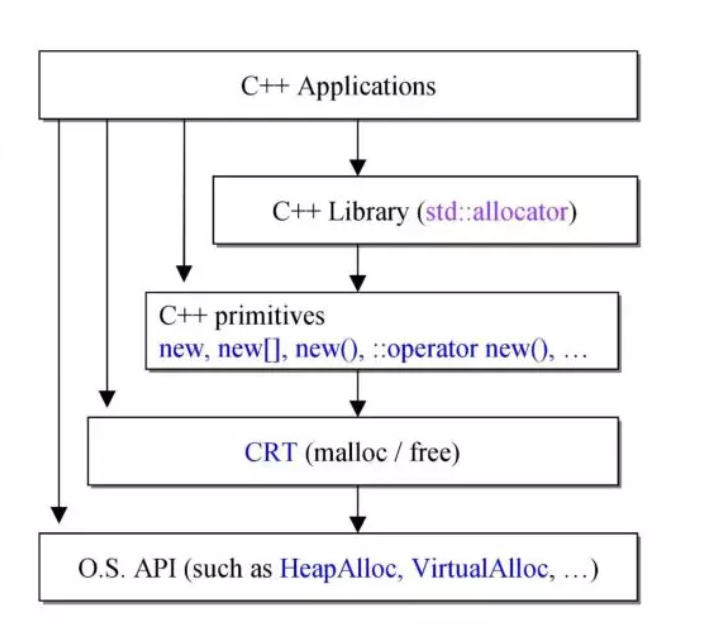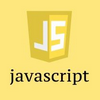这篇文章主要为大家详细介绍了C语言数组实现打砖块游戏,文中示例代码介绍的非常详细,具有一定的参考价值,感兴趣的小伙伴们可以参考一下
本文实例为大家分享了C语言数组实现打砖块游戏的具体代码,供大家参考,具体内容如下
这次我们使用数组来改进打砖块游戏。
反弹的球
首先我们实现一个可以在荧幕上反弹的小球。使用二维数组 int canvas[High][Width] ( 和js的canvas没有一毛钱关系)来储存画布上的所有元素,值为0时输出空格,值为1时输出小球。
设小球坐标为(ball_x, ball_y),则有canvas[ball_x][ball_y] = 1 ,且暂时将其他元素的值设为0。
每次更新小球位置时将原位置元素设为0,将新位置元素设为1即可。
注意:gotoxy函数用于清屏重画,很久以前讲过的。
#include <stdio.h>
#include <stdlib.h>
#include <conio.h>
#include <cwindow.h>
// 画面尺寸设定
#define High 15
#define Width 20
//全局变量
int ball_x,ball_y; //小球坐标
int ball_vx,ball_vy;//小球速度
int canvas[High][Width] = [0];
void gotoxy(int x, int y) //移动光标便于清屏重画
{
HANDLE handle = GetStdHandle(STD_UOTPUT_HANDLE);
CROOD pos;
pos.X = x;
pos.Y = y;
SetConsoleCursorPosition(handle, pos);
}
void startup() //数据初始化
{
ball_x = 0;
ball_y = Width/2;
ball_vx = 1;
ball_vy = 1;
canvas[ball_x][ball_y] = 1;
}
void show()
{
gotoxy(0, 0);
int i,j;
for(i=0; i<High; i++)
{
for(j=0; j<Width; j++)
{
if (canvas[i][j] == 0)
printf(" ");//输出空格
else if (canvas[i][j] == 1)
printf("O");//输出小球
}
printf("|\n");//每画完一行显示边界并换行
}
for(j=0; j<Width; j++)
printf("-");//最后画下边界
}
void updateWithoutInput() //无关输入的更新
{
//小球移动
canvas[ball_x][ball_y] = 0;
ball_x = ball_x + ball_vx;
ball_y = ball_y + ball_vy;
//反弹判断
if ((ball_x == 0)||(ball_x == High - 1))
ball_vx = -ball_vx;
if ((ball_y == 0)||(ball_y == Width - 1))
ball_vy = -ball_vy;
canvas[ball_x][ball_y] = 1;
//休眠时间,避免刷新过快
sleep(50);
}
void updateWithInput()
{}
int main()
{
startup();
while(1)
{
show();
updateWithoutInput();
updateWithInput();
}
return 0;
}这里要注意的是:
- updateWithInput留空,因为现在还没有用户操作的功能实现。
- main是死循环,所以测试时要注意,当然也可以改进。
增加挡板
现在我们可以新定义,当数组中某一元素值为2时,输出挡板“ * ”。
并且为updateWithInput增加移动挡板的功能,每次移动一个单位作为其速度(当然可以改成别的数)。
挡板的刷新方式和小球一样,先将原位置清零然后把新位置元素改为2。
需要增加的内容如下:
//全局变量
int position_x,position_y; //挡板中心坐标
int ridus; //挡板半径,就是延伸的长度
int left,right; //挡板左右位置
//初始化
ridus = 5;
position_x = High - 1;
position_y = Width/2;
left = position_y - ridus;
right = position_x + ridus;
int k;
for(k=left; k<=right; k++)
canvas[position_x][k] = 2;
//输出部分
...
else if (canvas[i][j] == 2)
printf("*");
...
//更新部分(与输入无关)
if (ball_x == High - 2)
{
//判断是否挡住
if ((ball_y >= left)&&(ball_y <= right))
{
printf("\a");
}
else //未挡住
{
printf("游戏失败\n");
printf("pause");
exit(0);
}
}
//与输入有关的更新
void updateWithInput()
{
char input;
if (kbhit()) //判断是否有输入
input = getch();
if ((input == 'a')&&(left > 0))//左移
{
canvas[position_x][right] = 0;
position_y --;
left = position_y - ridus;
right = position_x + ridus;
canvas[position_x][left] = 2;
}
if ((input == 'd')&&(right < Width -1))//右移
{
canvas[position_x][left] = 0;
position_y ++;
left = position_y - ridus;
right = position_x + ridus;
canvas[position_x][right] = 2;
}
}打砖块
这部分内容就和之前的内容一样了。
需要增加的内容有:
1. 初始砖块
2. 小球碰到砖块的判定
3. 碰到砖块后的更新(砖块消失、小球反弹)
具体代码如下:
//初始化
int k,i;
for(k=0; k<Width; k++)
for(i=0; i<high/4; i++) //这里是画砖块,可以根据修改 i 的范围改变砖块的排数
canvas[i][k] = 3;
//输出
...
else if (canvas[i][j] == 3)
printf("#");
...
//碰到砖块后
if (canvas[ball_x + ball_vx][ball_y + ball_vy] == 3)
{
canvas[ball_x + ball_vx][ball_y + ball_vy] = 0;
ball_vx = -ball_vx;
ball_vy = -ball_vy;
printf("\a");
}最后
1. 坐标系是x轴向下,y 轴向右。
2. 实际对碰撞的判定是在斜方向上,当然可以改进判定内容。
3. 游戏胜利条件还没有完善。
全代码:
#include <stdio.h>
#include <stdlib.h>
#include <conio.h>
#include <cwindow.h>
// 画面尺寸设定
#define High 15
#define Width 20
//全局变量
int ball_x,ball_y; //小球坐标
int ball_vx,ball_vy;//小球速度
int canvas[High][Width] = [0];
int position_x,position_y; //挡板中心坐标
int ridus; //挡板半径,就是延伸的长度
int left,right; //挡板左右位置
void gotoxy(int x, int y) //移动光标便于清屏重画
{
HANDLE handle = GetStdHandle(STD_UOTPUT_HANDLE);
CROOD pos;
pos.X = x;
pos.Y = y;
SetConsoleCursorPosition(handle, pos);
}
void startup() //数据初始化
{
ball_x = 0;
ball_y = Width/2;
ball_vx = 1;
ball_vy = 1;
canvas[ball_x][ball_y] = 1;
ridus = 5;
position_x = High - 1;
position_y = Width/2;
left = position_y - ridus;
right = position_x + ridus;
int k,i;
for(k=left; k<=right; k++)
canvas[position_x][k] = 2;
for(k=0; k<Width; k++)
for(i=0; i<high/4; i++) //这里是画砖块,可以根据修改 i 的范围改变砖块的排数
canvas[i][k] = 3;
}
void show()
{
gotoxy(0, 0);
int i,j;
for(i=0; i<High; i++)
{
for(j=0; j<Width; j++)
{
if (canvas[i][j] == 0)
printf(" ");//输出空格
else if (canvas[i][j] == 1)
printf("O");//输出小球
else if (canvas[i][j] == 2)
printf("*");
else if (canvas[i][j] == 3)
printf("#");
}
printf("|\n");//每画完一行显示边界并换行
}
for(j=0; j<Width; j++)
printf("-");//最后画下边界
}
void updateWithoutInput() //无关输入的更新
{
if (canvas[ball_x + ball_vx][ball_y + ball_vy] == 3)
{
canvas[ball_x + ball_vx][ball_y + ball_vy] = 0;
ball_vx = -ball_vx;
ball_vy = -ball_vy;
printf("\a");
}
if (ball_x == High - 2)
{
//判断是否挡住
if ((ball_y >= left)&&(ball_y <= right))
{
printf("\a");
}
else //未挡住
{
printf("游戏失败\n");
printf("pause");
exit(0);
}
}
//小球移动
canvas[ball_x][ball_y] = 0;
ball_x = ball_x + ball_vx;
ball_y = ball_y + ball_vy;
//反弹判断
if ((ball_x == 0)||(ball_x == High - 1))
ball_vx = -ball_vx;
if ((ball_y == 0)||(ball_y == Width - 1))
ball_vy = -ball_vy;
canvas[ball_x][ball_y] = 1;
//休眠时间,避免刷新过快
sleep(50);
}
void updateWithInput()
{
char input;
if (kbhit()) //判断是否有输入
input = getch();
if ((input == 'a')&&(left > 0))//左移
{
canvas[position_x][right] = 0;
position_y --;
left = position_y - ridus;
right = position_x + ridus;
canvas[position_x][left] = 2;
}
if ((input == 'd')&&(right < Width -1))//右移
{
canvas[position_x][left] = 0;
position_y ++;
left = position_y - ridus;
right = position_x + ridus;
canvas[position_x][right] = 2;
}
}
int main()
{
startup();
while(1)
{
show();
updateWithoutInput();
updateWithInput();
}
return 0;
}以上就是本文的全部内容,希望对大家的学习有所帮助,也希望大家多多支持编程学习网。
本文标题为:C语言数组实现打砖块游戏


- c++ const 成员函数,返回一个 const 指针.但是返回的指针是什么类型的 const? 2022-10-11
- C++ 数据结构超详细讲解顺序表 2023-03-25
- ubuntu下C/C++获取剩余内存 2023-09-18
- 我应该为我的项目使用相对包含路径,还是将包含目录放在包含路径上? 2022-10-30
- C语言qsort()函数的使用方法详解 2023-04-26
- Qt计时器使用方法详解 2023-05-30
- Easyx实现扫雷游戏 2023-02-06
- 详解C语言中sizeof如何在自定义函数中正常工作 2023-04-09
- C语言手把手带你掌握带头双向循环链表 2023-04-03
- C语言详解float类型在内存中的存储方式 2023-03-27









